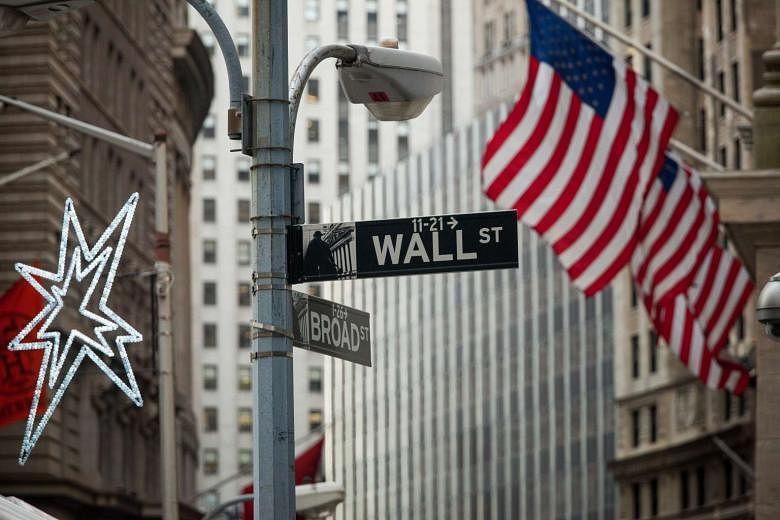(Bloomberg) - US stocks pared declines in the final hour of trading, with energy shares rising as Chevron Corp rallied more than 4 percent, while the Nasdaq Composite Index cut its losses by more than half.
The Nasdaq Composite dropped 1.6 percent to 4,293.17 at 3.50 pm in New York, after falling as much as 3.5 percent. The S&P 500 dropped 1.3 percent to 1,855.85, headed toward its lowest level on a closing basis since April 2014 after losing 2.7 percent.
The Dow Jones Industrial Average fell 169.53 points, or 1.1 percent, to 16,035.44 after dropping more than 400 points.
"We're still seeing selling pressure from the tech valuation resetting last week, as well as the drop in oil," said Matt Maley, an equity strategist at Miller Tabak & Co LLC in New York.
"But it's not just a problem with technology and some of the high-flyers that have rolled over in recent days, but also the recent stresses in the credit markets."
A rout in software and Internet companies continued Monday after the Nasdaq Internet Index on Friday suffered its biggest slump since 2011.
Facebook fell 3.7 percent today, on pace for the steepest back-to-back decline since August. The S&P 500 sank last week for the first time in three, with a jobs-day tumble on Friday turning into a full-blown selloff in stocks with the highest valuations.
While the S&P 500's valuation of 15.4 times the forecast earnings of its members is in line with the average of the past five years, the measure has plunged 13 percent since the start of the year and is at the lowest level since October 2014.
The gauge remains more expensive than developed markets in Europe, where the Stoxx 600 Index trades for 13.8 times estimated earnings. That's down from a record valuation of 17.4 times notched in June.
"The market is unforgiving, it's very nervous," said Philippe Gijsels, the chief strategy officer of BNP Paribas Fortis in Brussels. "It's just the same worries all over again: it's China, oil prices, and then you see confirmation in the economic figures. If clients are getting nervous and want to get some money off the table, it's very easy to sell the big names where there's still a lot of profit left than take a loss on the other names."
Investors have been scrutinizing earnings and economic data, on guard for any signs of weakness spilling over from China.
Gauges this week on the strength of US growth include reports on business inventories, retail sales and consumer sentiment. Federal Reserve Chair Janet Yellen is scheduled to testify on monetary policy before Congress Wednesday and Thursday.
Amid financial market turbulence and tepid data, investors have cut the probability they see of further interest-rate increases, pricing almost no chance of the Fed raising borrowing costs in March and 4 percent odds in April, down from 17 percent on Friday.
With growing concern over China, oil and interest rates, market watchers have been losing their resolve in keeping bullish stock calls. Seven of the 21 strategists tracked by Bloomberg have cut their year-end projection for the S&P 500.
The reductions have lowered the average annual estimate, the first time that's happened this early in a year since the Iraq war in 2003. Now they project the benchmark index will end December at 2,168, or 15 percent more than the Friday close.
With the U.S. earnings reporting season more than half way through, about 77 percent of S&P 500 members that have had results so far topped profit estimates, while less than half have beaten sales projections. Analysts estimate earnings at companies in the gauge fell 4.5 percent in the fourth quarter, better than Jan. 15 predictions for a 7 percent slump.

